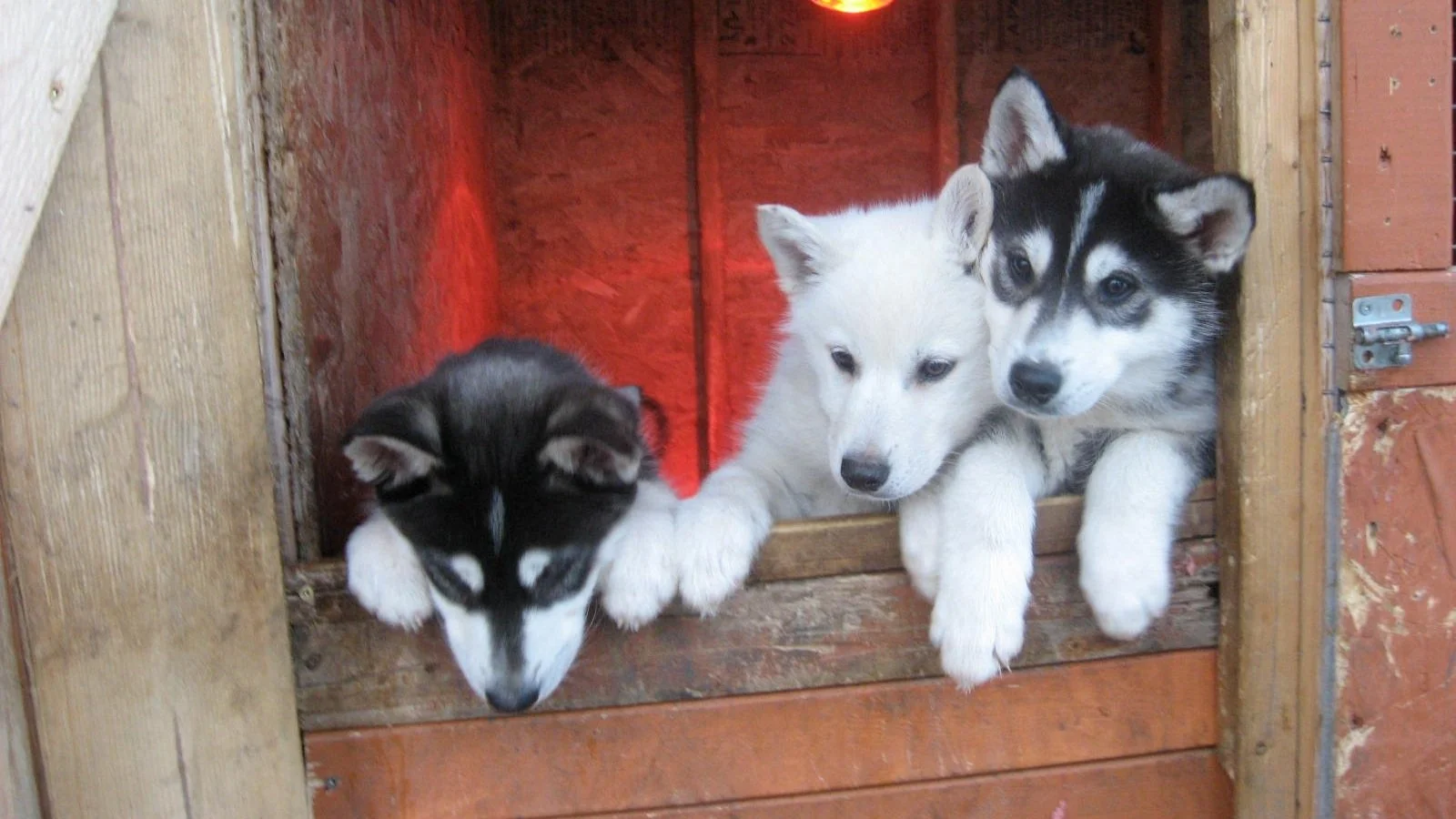Grooming
Your dog or cat may or may not benefit from regular grooming by you or a professional groomer. If your pet is a special breed or has an unusual hair coat, bathing and coat clipping may be necessary.
Dogs and cats do not need regular baths. Overbathing may strip the natural oils from the coat. If your pet has an odor, consider digestive or nutritional factors and get at the problem from the inside out.
A healthy, lustrous coat without flakiness is a good indicator of good health.
If you do bathe your pet, use a shampoo designed for pets as the pH of their skin is slightly different than ours.
If you trim your dog or cat’s nails at home, study the anatomy of the nail so that you do not clip near the sensitive “quick” or pink part of the nail. The nail becomes increasingly sensitive near the quick. (The quick can be difficult or impossible to see in dark pigmented nails.) If your pet does not like having his or her feet handled, build up to it. Handle the feet during calm times and use rewards. Trim one or two nails at a time, again with rewards, and build from there. Use the correct tool designated for nail care.
If your groomer cleans your dog’s ears, make sure no harsh cleaners are used. Discuss in advance whether you want the hair pulled from the ear. In a sensitive ear, this can cause inflammation.
Brushing at home can be a lovely experience for both you and your pet. Use a brush that your pet enjoys and make sure you are not scratching sensitive skin with stiff or wire bristles. As your pet ages, it becomes more helpful for you to lend a hand (or paw) to keep skin circulation healthy, distribute natural skin oils, and remove shed hair.
In addition to bonding with your pet during grooming, you will have the opportunity to monitor for any changes in skin like flakiness, growths, or rashes, and bring these to the attention of your veterinarian (don’t bathe your pet before the vet visit!).

